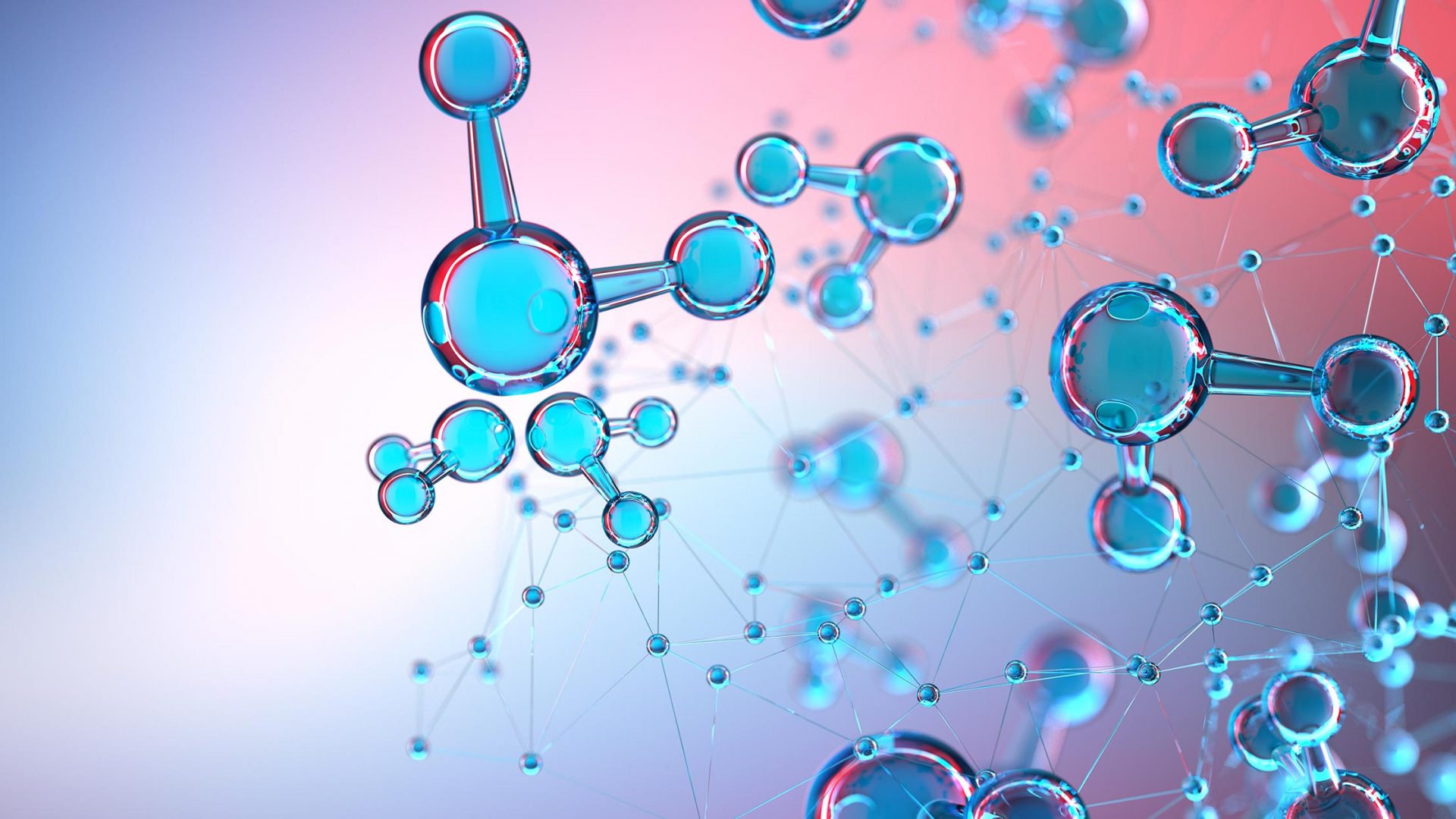By asking the deceptively simple question of how human cells use oxygen, NYU Langone Health researchers have discovered a previously unknown metabolite and the enzyme that makes it. Tracing that enzymatic pathway has led to an investigation of potential cures for a rare but deadly neurodevelopmental disorder and a new target for hard-to-treat malignancies like pancreatic and brain cancers.
“We did not go into this research planning to study a childhood neurodevelopmental disease or find a potential treatment for cancer of any sort,” says radiation oncologist Michael E. Pacold, MD, PhD. “That emerged when we started looking into it, but the goal was always very simple: find something fundamental to biology.”
Discovery of a New Metabolic Pathway
Dr. Pacold began studying the role of oxygen in cancer cells because they’re easy to grow and manipulate and because low oxygen levels can drive cancer progression. Some pancreatic and brain cancers not only survive but actually thrive in hypoxic conditions, he notes.
“We did not go into this research planning to study a childhood neurodevelopmental disease or find a potential treatment for cancer of any sort. That emerged when we started looking into it, but the goal was always very simple: find something fundamental to biology.”
Michael E. Pacold, MD, PhD
To better understand the cellular role of oxygen, Robert Banh, PhD, a former postdoctoral researcher in Dr. Pacold’s lab and now an assistant professor of biochemistry and molecular pharmacology, used the isotope oxygen-18 to track how the element gets incorporated into molecules.
Although some of the oxygen-labeled molecules were expected, roughly one-fourth were previously unknown in mammalian cells.
One metabolite in particular, abbreviated 4-HMA, incorporated more of the labeled oxygen than any other molecule in the cell. The lab then identified the enzyme that makes it, called HPDL.
Dr. Banh discovered that the oxygen-using enzyme is a critical catalyst for a previously undescribed metabolic pathway in mammals, which starts with the production of 4-HMA and ends with the synthesis of part of the powerful antioxidant (and popular supplement) coenzyme Q10.
An Unexpected Disease Application
At the same time, other research groups were puzzling over the first reports of pediatric patients carrying variants in the gene encoding the HPDL enzyme. These variants have been closely associated with a rare, progressive neurodevelopmental disorder marked by seizures, leg stiffness, rigid and abnormal body movements, and profound neurodevelopmental delay.
To study the disease, two research groups created mice strains lacking the HPDL enzyme and observed similar neurodevelopmental abnormalities. Dr. Pacold’s team is now investigating if coenzyme Q10 can make up for missing or deficient HPDL and help treat this disorder. If the intervention proves effective in mice, Dr. Pacold hopes to collaborate with clinicians to evaluate whether a coenzyme Q10–based therapy can reduce symptoms in children with the disease.
“When you delete the gene for HPDL, at least in a subset of pancreas cancers, the cancers basically fail to take off.”
“Even if we’re able to only treat some of these patients with this nasty neurodevelopmental disease, I’d be very happy,” he says. Because doctors haven’t known to look for it until recently, he adds, the disease could be more prevalent than anyone has suspected.
A Quest to Turn Off Cancer
While one part of the research group is focusing on the neurodevelopmental disease application, another part is investigating how to turn off the HPDL enzyme.
“When you delete the gene for HPDL, at least in a subset of pancreas cancers, the cancers basically fail to take off,” Dr. Pacold says. Although urging caution about whether the benefits seen in laboratory models of cancer could be replicated in humans, an initial screen suggests that some compounds can indeed inhibit the enzyme—potentially opening the door to a cancer treatment as well.
“We all, I think, have this dream of being able to do something that moves the needle for patients,” Dr. Pacold says. “But we didn’t go into this research deliberately setting out to do this.”
By understanding a biological process at a more fundamental level, though, the added knowledge of basic mechanisms could have far more implications for treating diseases than anyone imagined. “There may be a lot more to this story,” he says.
Disclosures
Dr. Pacold has equity with Raze Therapeutics, has received grant funding from Novocure, and is a consultant for Leal Therapeutics and Promedigen.






